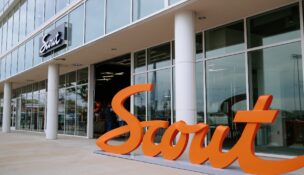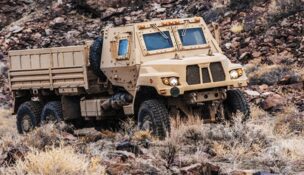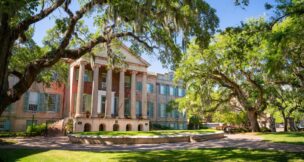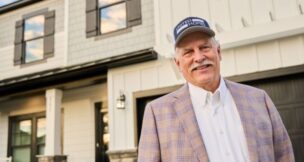Auto sector changed SC’s economic landscape 30 years ago
Staff //April 7, 2022//

When Harry Lightsey took the stage at the S.C. Automotive Summit in early March, the South Carolina Secretary of Commerce understood the room.
Before being named the top economic developer for South Carolina, Lightsey worked for years in the automotive sector, directing General Motors Corp.’s federal affairs operations in Washington. He also served as the leader for the company’s emerging technologies division, which included OnStar, a satellite-powered network that connects GM vehicles across the globe to services.
“We are truly an auto state,” Lightsey said.
The state’s auto sector represents $27 billion in investment since the first BMW rolled off the assembly line in Spartanburg County in 1994. Now, more than 72,000 South Carolinians are employed in connection with the automotive industry.
“Today in the South and Southeast, we are far and away probably the leading sector of this region of the United States in terms of automobile production,” Lightsey said.
The S.C. Department of Commerce’s 2021 International Trade Report (.pdf), released in February, reported that the state has 36.6% of the country’s market share of exported tires and 19.4% of its market share of exported passenger vehicles.
While the state’s total exports dropped 2% from 2020 to 2021 to $30.3 billion, the state still led the nation in exports of tires and completed passenger motor vehicles, a statistic Lightsey said he was very proud of.
In the Upstate, BMW produces 1,500 vehicles a day and has invested more than $11.9 billion in its South Carolina operations. At Volvo Cars’ Ridgeville plant, Plant Manager David Stenström said the company is working toward a production goal of 150,000 cars a year. In Ladson, Mercedes-Benz Vans’ operations assembles Sprinter Vans for the U.S. and Canadian market and reassembles Mercedes-Benz Metris vans. The company has invested more than $500 million in the Ladson Sprinter plant and assembled more than 260,000 Sprinter and Metris vans since opening in 2018.
Individually in 2021, BMW Manufacturing topped the list of highest export value for all U.S. auto manufacturers for the eighth year in a row, according to data from the U.S. Commerce Department. Last year, the plant exported 257,876 vehicles with a total export value of $10.1 billion to 120 countries — primarily through the Port of Charleston and by rail to Canada.
“I don’t think any of us could really forecast where we would be 30 years later,” Lightsey said. “Because if you think about it at the time, the vision and the boldness of that move by the leaders of our state and the leaders of BMW to make that decision to put the BMW plant in Greer, S.C. That opened up, not just for South Carolina but for the entire Southeast, the entire movement of the global auto industry into the Southern states.”
In 2021, South Carolina announced more than $15 billion worth of capital investment. The auto sector was the lead contributor with the top three investments.
Oshkosh Defense announced a $155 million investment in June to produce the next-generation U.S. Postal delivery trucks. The company expects to add 1,000 jobs. Volvo said the company would invest $118 million into Ridgeville operations to create the electric Polestar 3. At the Automotive Summit, BMW revealed that another expansion was underway in Spartanburg County. The company is adding a $200 million automotive stamping operation that will add 200 jobs.
Lightsey said the amount of investment being made in South Carolina is unprecedented when considering how the conversion to electric vehicles closely relates to the automobile and energy sectors.
As the world pivots toward electric vehicles, Lightsey said South Carolina has an opportunity to become the future leader in this sector. He also hopes manufacturers and suppliers will look to the Department of Commerce as a partner.
“We want you to understand that whatever resources we have in the Department of Commerce, whatever we can develop in terms of providing you the type of resources you need to be successful in the future, we definitely want to do that,” Lightsey said.
After all, once a business decides to relocate or establish operations in South Carolina, to hire workers and invest capital, they tend to stay, thrive and grow, Lightsey said. He pointed to BMW’s selection of Spartanburg County in the early 1990s as an example.
“If you think about that vision of 1992, if you think about where we are today, we are at the very, very beginning, the very precipice of unprecedented change in the automobile industry,” Lightsey said. “The conversion that we are just now starting to see from the internal combustion engine to the battery electric vehicle is something that hasn’t happened in over 100 years.”
C















